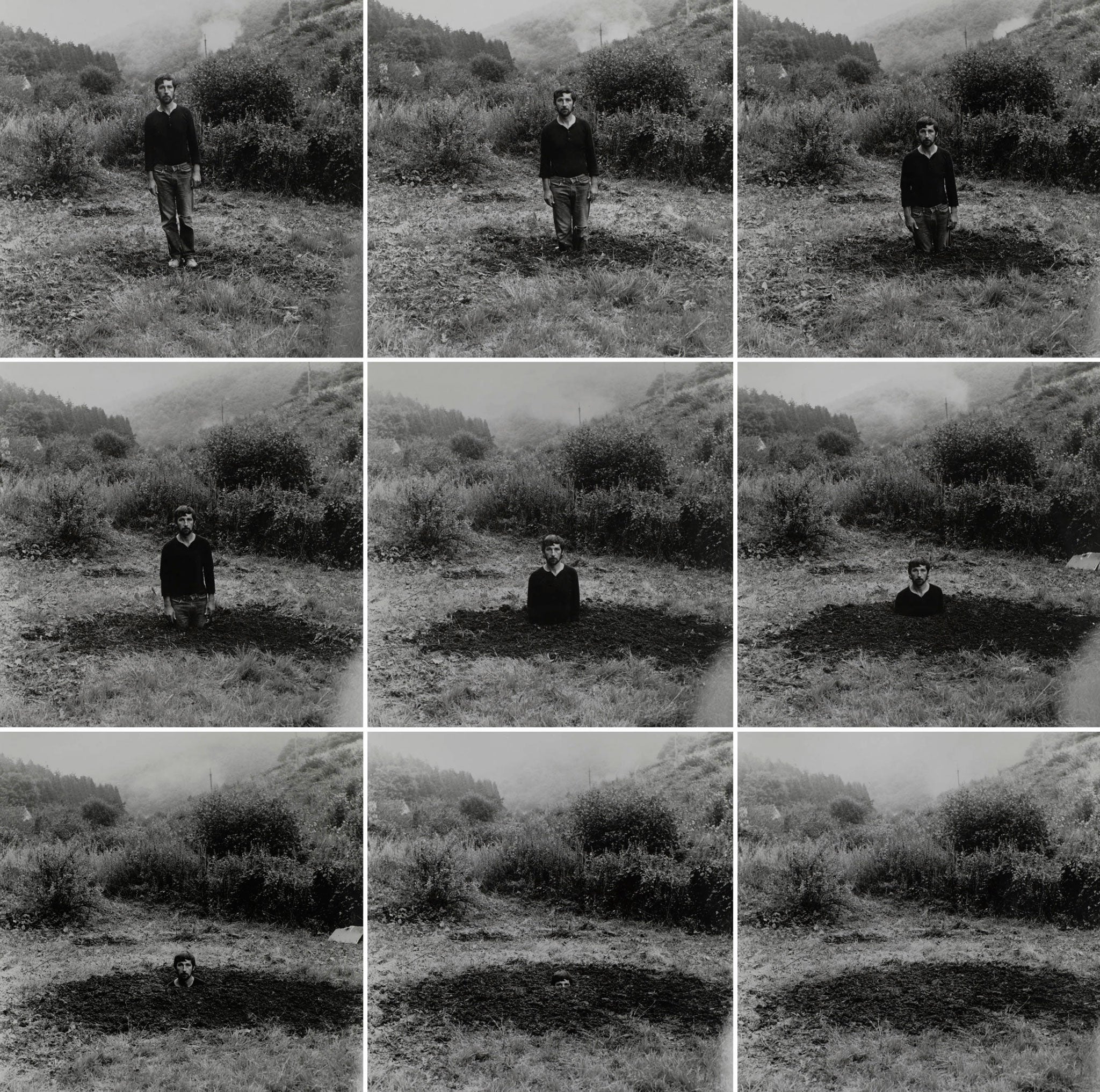Keith Arnatt used humour to explore the notion of the invisibility of the artist
Sprueth Magers in London is hosting a new exhibition of the artist's work

Your support helps us to tell the story
From reproductive rights to climate change to Big Tech, The Independent is on the ground when the story is developing. Whether it's investigating the financials of Elon Musk's pro-Trump PAC or producing our latest documentary, 'The A Word', which shines a light on the American women fighting for reproductive rights, we know how important it is to parse out the facts from the messaging.
At such a critical moment in US history, we need reporters on the ground. Your donation allows us to keep sending journalists to speak to both sides of the story.
The Independent is trusted by Americans across the entire political spectrum. And unlike many other quality news outlets, we choose not to lock Americans out of our reporting and analysis with paywalls. We believe quality journalism should be available to everyone, paid for by those who can afford it.
Your support makes all the difference.Although he didn't consider himself a photographer, Keith Arnatt used the medium to document his conceptual art.
Born in 1930 in Oxford, he was first lauded by the art world in the 1960s, when he used humour to explore the notion of the invisibility of the artist.
Included in a new exhibition about Arnatt, who lived and worked in Wales up until his death in 2008, is his 1969 self-portrait series "Self-Burial".
"He thought there was a governing idea of art as driven by a central figure – the artist – and he was interested in what happened if you made that person disappear," says Matthew Arnatt, the artist's son. "Early works such as 'Self-Burial' show that there is an obvious difficulty in doing that."
The piece was broadcast on WDR 3, the German television station, in October 1969. One by one, the images were inserted into the channel's schedule twice a day, intriguing viewers.
"I think people identify with its directness and immediacy," says Arnatt. "They're not offered a performance; they're shown a planned action with a seemingly suicidal intention, but which results in its direct opposite.
"I think he was a genuine radical and there is something romantic about the survival of radicality. It's still possible to see that in the work."
The exhibition Keith Arnatt: Absence of the Artist is at Sprueth Magers, London W1 (spruethmagers.com) from Tuesday to 26 September
© Keith Arnatt Estate. All Rights Reserved, DACS 2015. Courtesy Sprüth Magers
Join our commenting forum
Join thought-provoking conversations, follow other Independent readers and see their replies
Comments